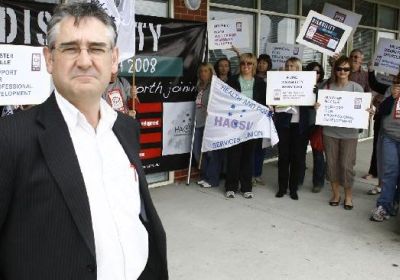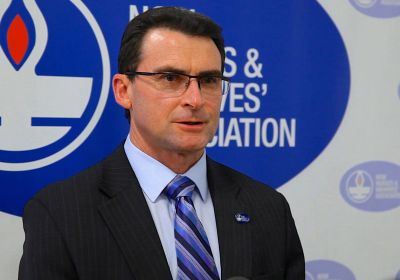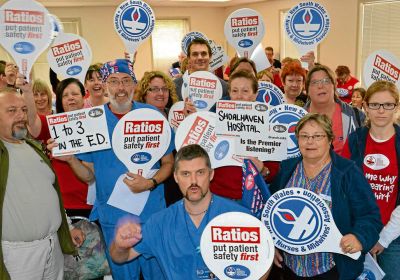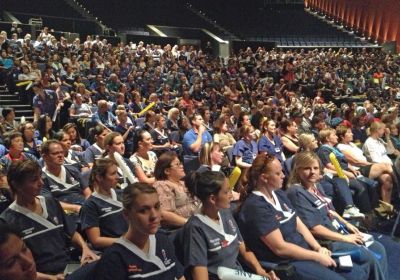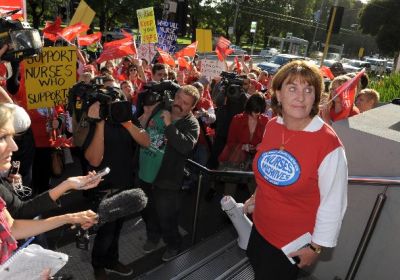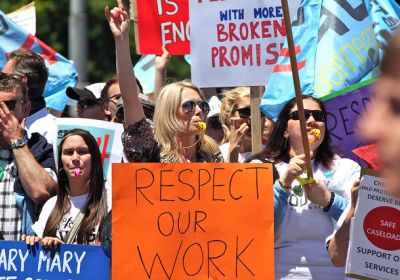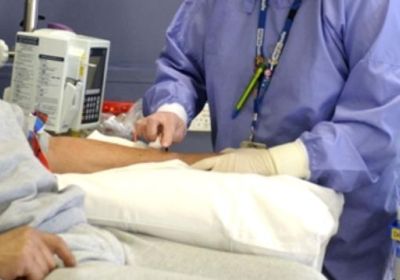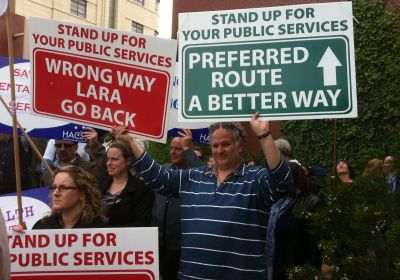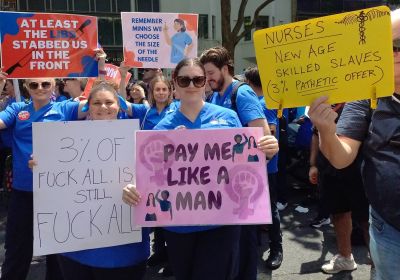
More than 10,000 nurses and midwives went on strike and marched on NSW Parliament to demand a fair pay deal and better conditions. Isaac Nellist reports.

More than 10,000 nurses and midwives went on strike and marched on NSW Parliament to demand a fair pay deal and better conditions. Isaac Nellist reports.
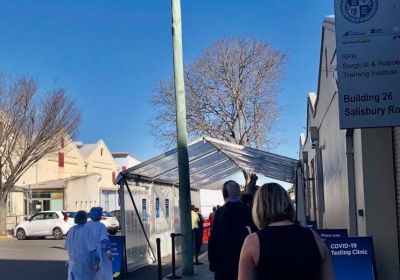
Frontline health workers say the system is “on the brink” as a result of underfunding. Green Left interviewed Maya*, a student nurse, who has been forced to take on a critical role.
